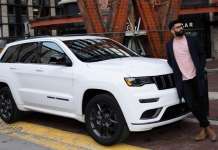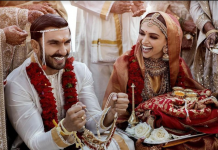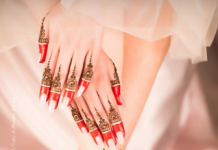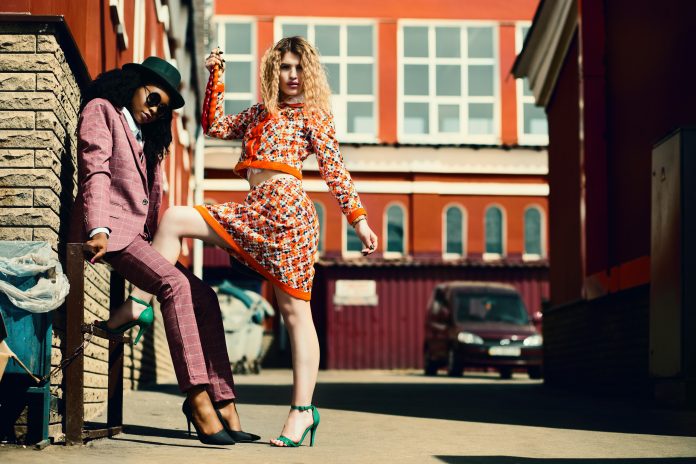By: Michelle Liu
The face of fashion is rapidly evolving. Gone are the days when it was limited to an extremely narrow set of faces and bodies. It’s no longer enough to adorn the surface with pretty things — especially when you’re excluding an entire demographic of humans from the conversation. Now more than ever, inclusivity and diversity can no longer be ignored in the industry. While fashion relies heavily on trends, inclusivity isn’t just another one of them. It’s a radical change that is long overdue, so let’s break down exactly why:
Breaking down unrealistic standards
When you’re trying to reach out to an underserved population who grew up surrounded by the same-looking celebrities, relaying an authentic message is important. Inclusivity in fashion means dismantling these age-old standards and featuring real people with real stories — those who could very well be your next door neighbor, or even yourself.
The key to innovation
Fashion is culture, and being inclusive of other races, shapes, genders, and ages is what adds layers of complexity. Unfortunately, a report on Quartz claims that minority groups are usually made to fit into the rigid norms set by insiders, making it harder for them to assert their perspectives. But it is in these varied viewpoints that creativity and innovation thrive, while biases keep the industry stagnant.
A lucrative industry
Not to say that brands should jump on the bandwagon for profit, but there’s no skirting around the fact that inclusivity is good for sales, too. Plus-size clothing is a clear testament to this. Market Watch estimates it to be a $21 billion slice of the fashion market — a goldmine that has been slept on for far too long.
Empowering people
As previously discussed by our writer Parry Khunkhun, fashion and dressing up can be a source of empowerment — but only if each individual is represented enough. Plus-size consumers, again, have long been disempowered due to the lack of clothing choices for them. The straight leg pants featured by Woman Within are a far cry from the previous options available, which made plus-size customers settle for unflattering fits and designs. Inclusivity opens more doors and shows them that they deserve just as much style as their size two counterparts.
Inclusivity is the future
Fashion is a platform and it can influence whoever’s watching, especially the next generation of culture shakers. “As a kid, I thought I was too brown and too poor to be part of the fashion industry,” shared Gypsy Sport founder Rio Uribe. Now, the sportswear and streetwear on Gypsy Sport are gender-bending and refuse to conform to the usual. “I’m intent on breaking down barriers however I can.”
AUTHOR BIO: Michelle Liu is a freelance writer and content strategist with a penchant for retail and lifestyle brands. She is currently based in Portland.

























